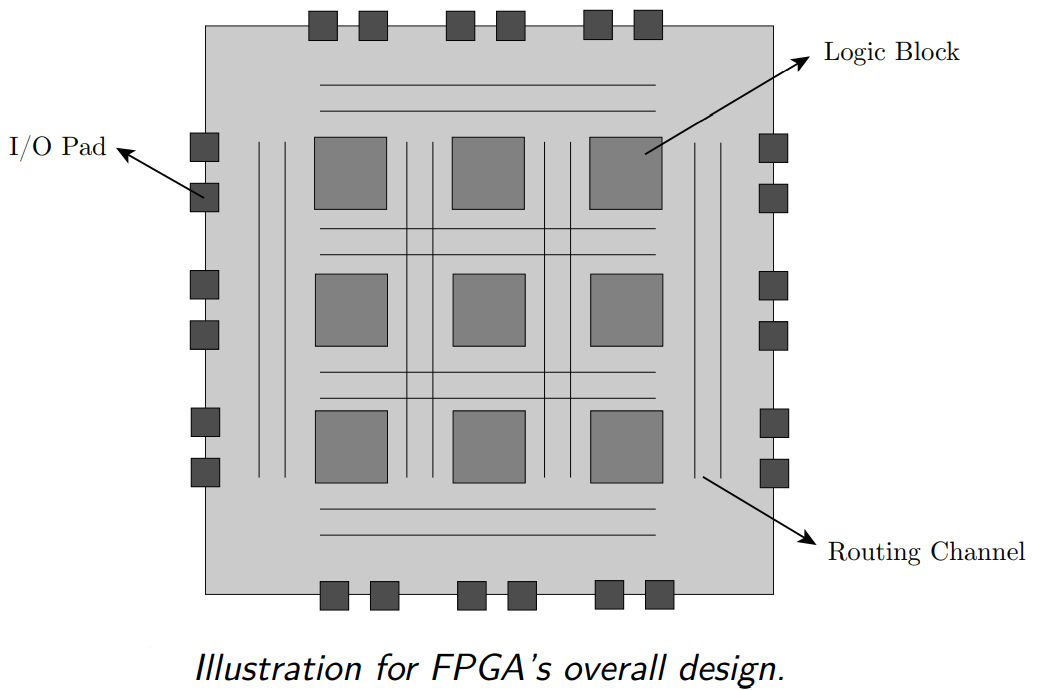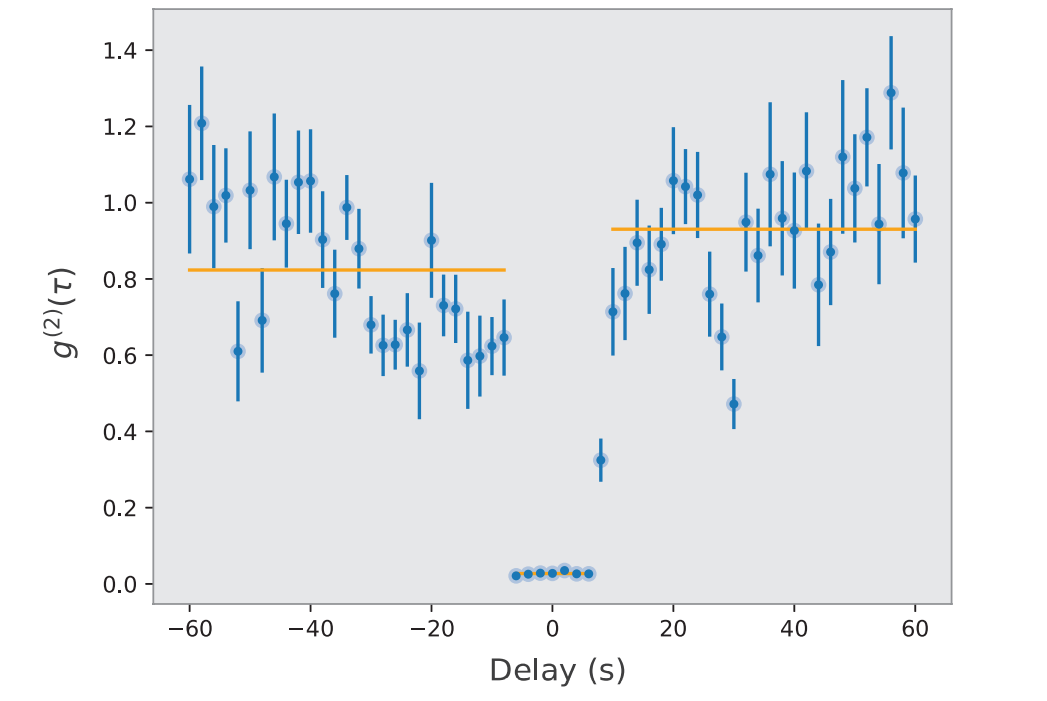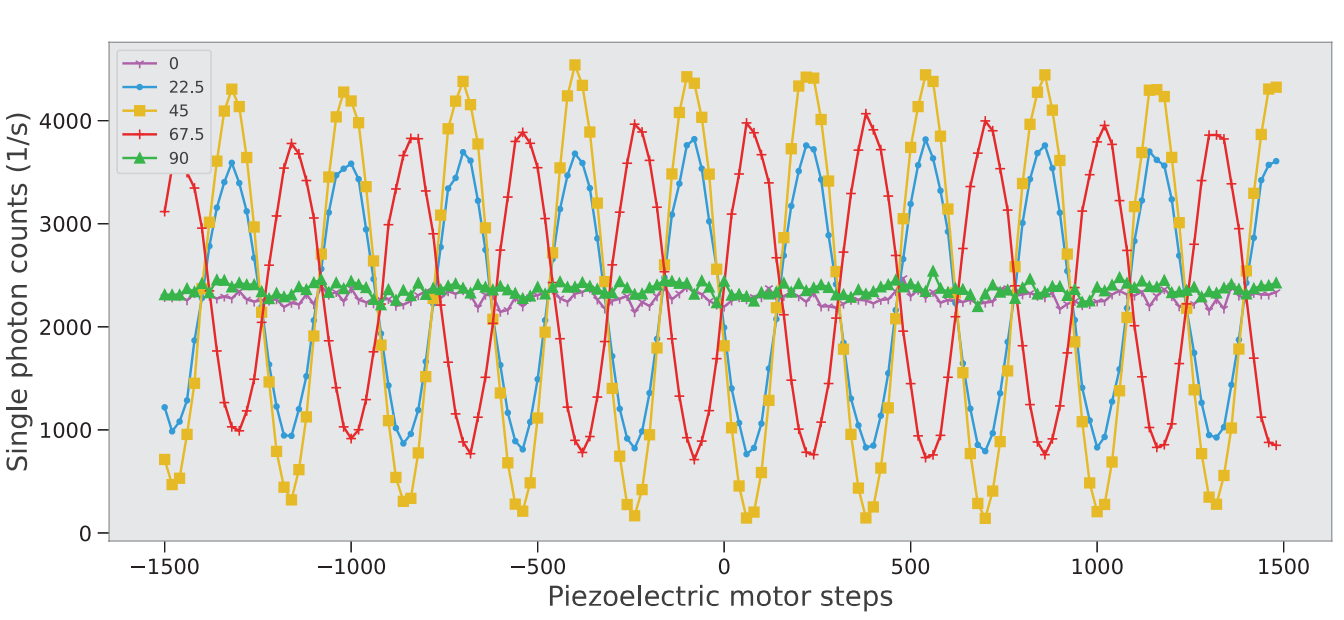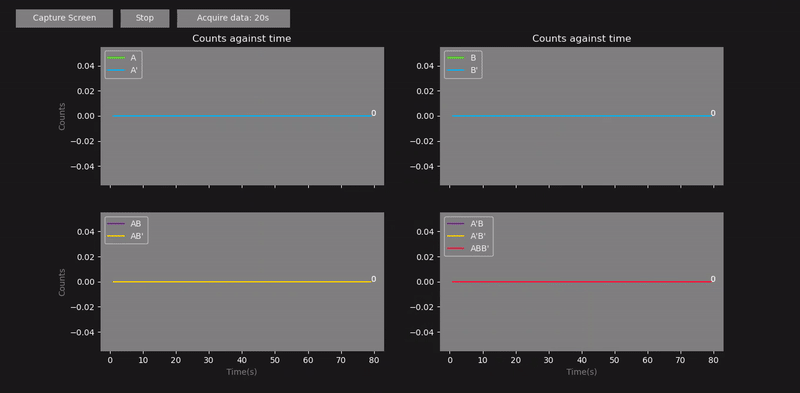| Researchers | Bilal Hyder | ||
| Time Frame | May 2022 | ||
| Supplementary Materials | Some Quantum Optical Experiments with Single Photons and FPGA ProgrammingCodesFinal DataRead Me | ||
| Description | |||

“Then we see unexpected things; we see things that are very far from what we could have imagined. And so our imagination is stretched to the utmost – not, as in fiction, to imagine things which aren’t really there. But our imagination is stretched to the utmost just to comprehend those things which are there. And it’s this kind of a situation that I want to talk about.” ~ Richard Feynman, during one of his famous lectures at Cornell University. A simple double-slit experiment that Thomas Young performed in 1801 eventually led to the realization of the dual nature of light, and the birth of Quantum Mechanics. Quantum Mechanics provides us with strange phenomena that we do not observe in everyday life. First-time exposure to the quantum mechanical phenomenon is bound to perplex any sane mind. It is not until the experiments are performed, and the exquisiteness of the actual reality of nature is beheld with one’s own eyes that one genuinely accepts and appreciates quantum mechanics.
My senior year project involved validating the fundamental quantum mechanical phenomenon in Dr Sabieh’s quantum optics lab. Using Dr Sabieh’s, Hamza Waseem’s, and Faizan-e-Illahi’s book “Quantum Mechanics in the Single Photon Laboratory” as my first guide, I reproduced the results of all the experiments performed in it. Due to a technical defect in the previous FPGA, we had to buy a replacement. Using this opportunity, we upgraded our FPGA to a much newer version. A faster FPGA could serve to improve our detection of single photons, which it did. I had to make the new FPGA ready to go with our experiments, and it was then that I realised that FPGA programming was not a straightforward task. Despite having adequate knowledge of the fundamentals of computer systems, programming the new device took me a bit of trouble. I have included a chapter in my thesis to make the task of FPGA programming for single-photon labs easier for future experimenters. This chapter contains all the necessary details for FPGAs and serves as a beginner’s guide to FPGA programming. Reading this chapter will enable anyone with limited programming knowledge and little to no experience with FPGAs to take an out-of-the-box FPGA and make it serviceable for coincidence counting experiments, including but not limited to the experiments contained in this book. The FPGA sends data to the computer in the form of bits. It is then our job to teach the computer to interpret these bits as decimal numbers and display the data in real-time onto the screen for easy, continuous data monitoring and collection. The options I had to choose from for this task were LabVIEW and Python. I chose Python because I had prior experience with it, which allowed me to create a decent GUI for the required task. Furthermore, it is open-source, so anyone can replicate and improve the code for similar experiments. It can reach a wider audience this way. Commented code of the coincidence counting program is available on the PhysLAB website. | |||



